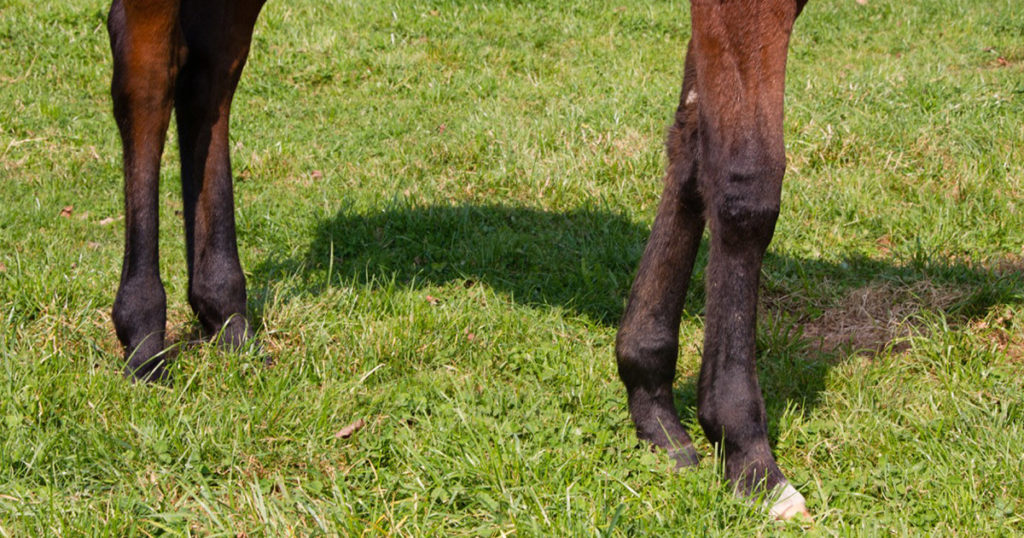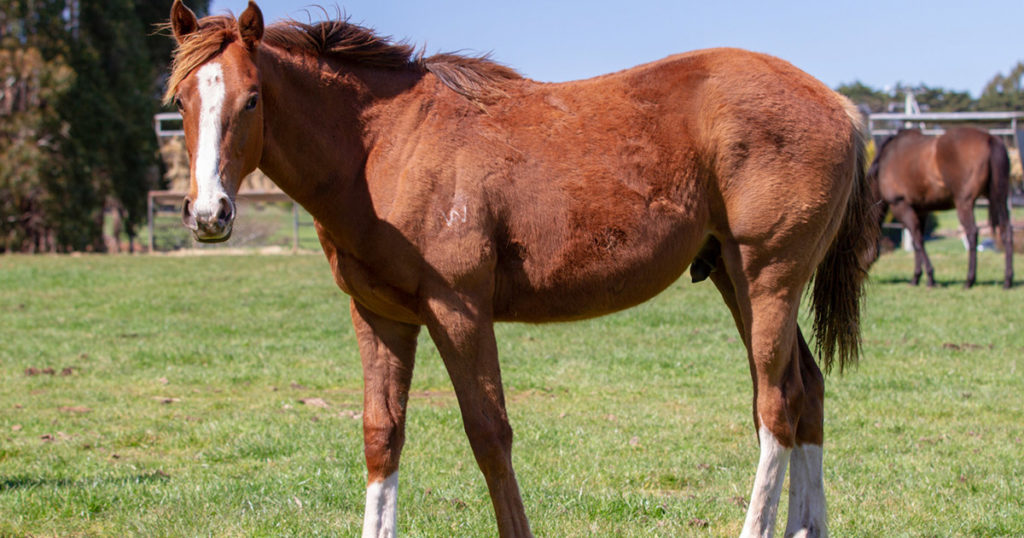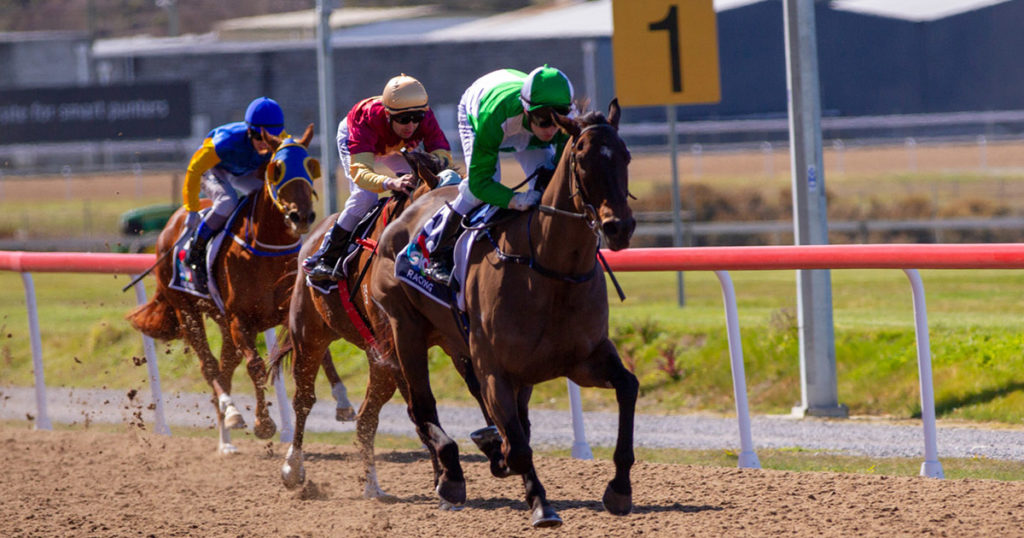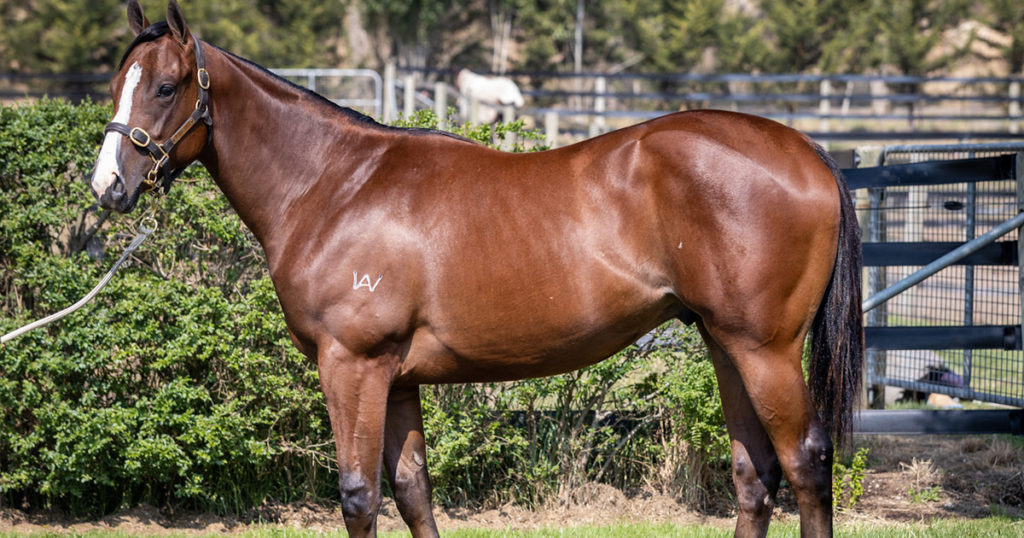Injecting joints in horses is a common practice. The term ‘joint injection’ can mean different things to different people. In essence, there are three common types of injectable joint therapies in horses: intra-articular (IA), intravenous (IV), and intramuscular (IM).
For the purpose of this article, we will focus on IA: where the solution is injected directly into the joint itself. In this category of joint injections, there are several types of substances which are commonly injected into the joint: hyaluronic acid (HA); polysulfated glycosaminoglycan (PSGAG); and corticosteroids. In many cases, these joint injections are given in conjunction with an antibiotic, most commonly amikacin.
With any IA injection there is risk of harm involved in the procedure. Joint cartilage damage and septic arthritis are serious complications. A common practice is to combine an antibiotic with the medication injected into the joint, with the belief that it may help to prevent infection and subsequent septic arthritis. Yet, the inclusion of antibiotics in joint injections has not been shown to reduce the risk of infection following injection. Furthermore, use of antibiotics in joints is ‘off-label’, with no data currently supporting the doses of antibiotics equine vets use in joints.
Recent research has demonstrated that higher doses of the antibiotic amikacin used in IA injections causes increased levels of inflammation within the joint, in addition to clear evidence of cartilage damage. Of the multiple antibiotics evaluated in the research, amikacin was the most cytotoxic (harmful) to chondrocytes (cartilage cells), rapidly inducing their death. Remember, this is the antibiotic most commonly used in joint injections.
Damage to the joint may be more profound when corticosteroids are the medication used in the joint: research has demonstrated that even a single intra-articular corticosteroid injection can cause irreversible damage to articular cartilage and underlying bone. Combining both IA corticosteroids and amikacin can potentially compound the detrimental effects to joint integrity.
Whilst there may be instances where the use of corticosteroids in the joint are well indicated, we need to stop and ask the question as to why we are injecting the joints in the first place. Routinely injecting joints with medications including corticosteroids and/or amikacin are unlikely to promote long-term soundness in our horses, and indeed may be doing them more harm than good. Using IA joint injections containing corticosteroids and/or antibiotics as a ‘preventative measure’ in horses who are sound and have no joint pathology should be seriously questioned.
Before joints are injected, a comprehensive assessment should be carried out in order to determine reasons for lameness and/or poor performance in the horse. Joint pathology should be thoroughly assessed by the veterinarian. Is joint pain the actual cause of the pain or poor performance in the horse? Feeding factors should be reviewed (is the horse consuming a diet that promotes inflammation)? Are the feeding of accessory nutrients known to promote cartilage, bone and joint health and integrity indicated? And are these being fed in appropriate doses and highly bioavailable forms to the horse? Workload and work surfaces should be assessed: is the horse following an appropriately periodised training program, and are the surfaces being ridden on conducive to soundness? Consideration of the horse’s build and bodyweight should be taken into account: more weight equates to more mechanical stress and wear and tear through a joint. Furthermore, excessive levels of body fat in a horse increase inflammatory mediators, heightening any joint inflammation. Trimming and shoeing practices can significantly influence the force going through a horse’s joints, thus appropriate farriery is an essential component of promoting soundness in the horse.
Joint health is one of the most significant concerns in working horses. Management, exercise, farriery, nutritional and therapeutic factors all play an important role in promoting optimal joint health and soundness in our equines. Serious consideration needs to be given to the use of IA corticosteroids and/or antibiotics as they may significantly compromise cartilage, bone and joint health and integrity in our horses.

Camilla Whishaw is a highly regarded, experienced horsewoman and naturopath, helping to holistically treat and manage a broad range of equine health conditions and injuries, with a passion for mare and stallion fertility.
As a world-renowned practitioner, presenter, author, and consultant in the field of Equine Naturopathy, Camilla shares her knowledge through keynote presentations, interviews, lectures, panel sessions, and workshop training.






Pingback: Longeing Horses and Joint Health: A Helpful or Harmful Practice? - Optim Equine